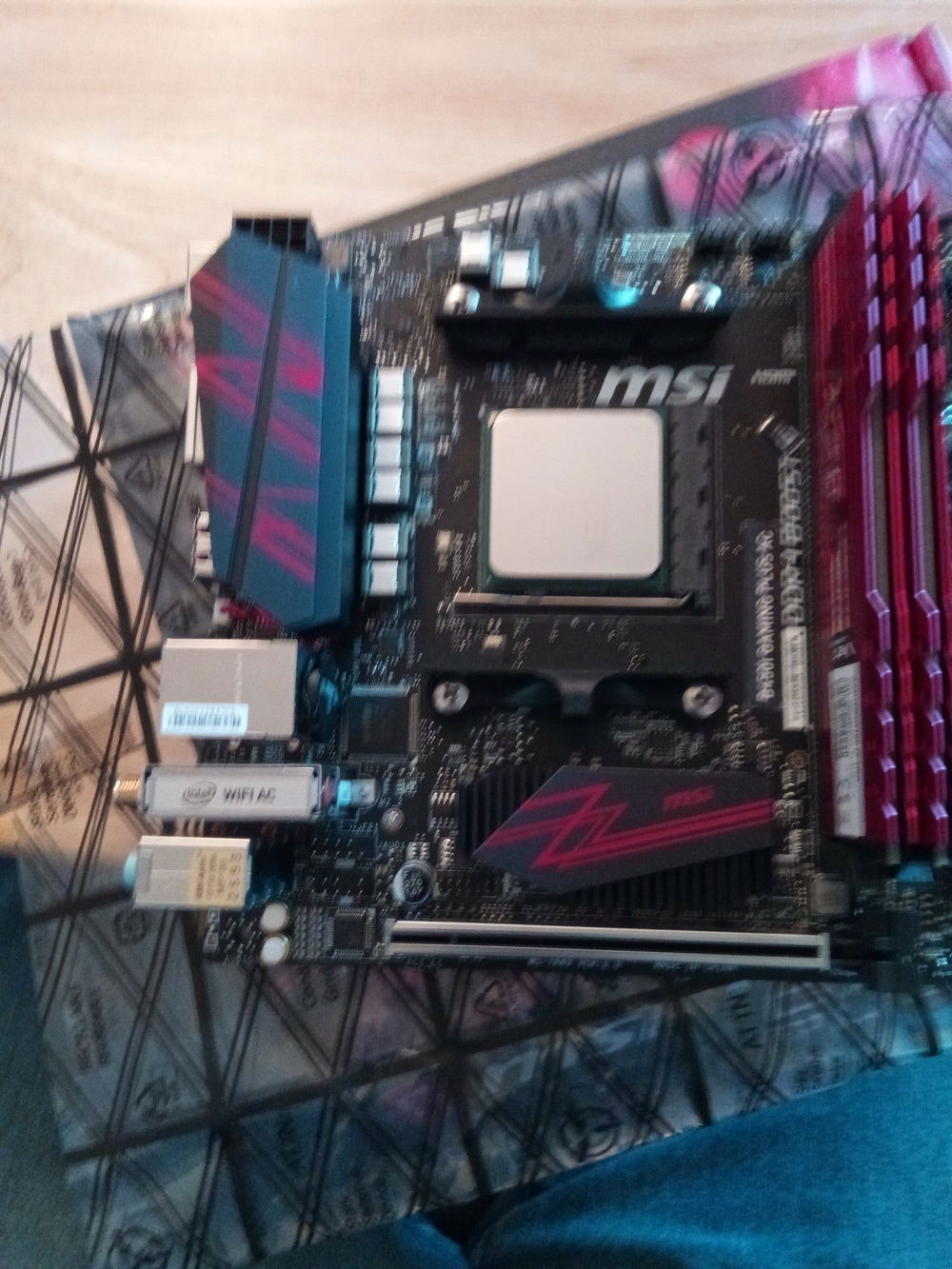Power Brick
My last build was an upper mid range compromise that served me well. This time I wanted less compromise for no other reason than I want what I want. I wanted to step up to high refresh 1440p since it's easier on my eyes and looks better (to me). I like what AMD has done on their CPUs so the 2700X gets the job and look forward to what they do in the future. I'm maxing out RAM now so that it's no longer an issue, and plenty of storage to keep everything organized. I really liked the case the first time I saw it, and while it wasn't my first choice, it became THE choice. Added two Thematake RGB case fans (cause those were the only ones available to me for cheap + the fan hub), but not using the RGB. The only lighting being used is the LEDs on the GPU (in traditional Nvidia green, thank you), and the Prism cooler since I have yet to manage to turn it off with Mystic Light. Cable management is very hit or miss in this case, as there are plenty of holes to route cables, but the truly critical ones aren't quite big enough (like for the 24 pin cable). Also there's no way to route the SATA and power cables for the drives if you're using the drive caddies on the swinging panel. Despite that though, I really like this case and if you're not doing a showcase build, I'd recommend it. The SeaSonic SFF PSU was worth every penny it cost, and the cables were nice and flat, also flexible. I brought the Blu-Ray drive from my last build over to this one using an external adapter, making a stand alone external drive.
Color(s): Black Red
RGB Lighting? Yes
Theme: none
Cooling: Air Cooling
Size: Mini-ITX
Type: General Build
Contests
This build participated in 2 contests.
| Rank | Contest | Date |
|---|---|---|
| #479 | The builds.gg Stock Cooling Showdown - Air Cooling Division | ended |
| #2712 | The builds.gg 10K Challenge | ended |
Hardware
CPU
$ 106.27
Motherboard
$ 199.99
Memory
Graphics
$ 825.00
Storage
$ 89.99
PSU
Case Fan
$ 45.23
Case Fan
$ 45.23
Cooling
$ 51.95
Keyboard
$ 103.70
Approved by:
















